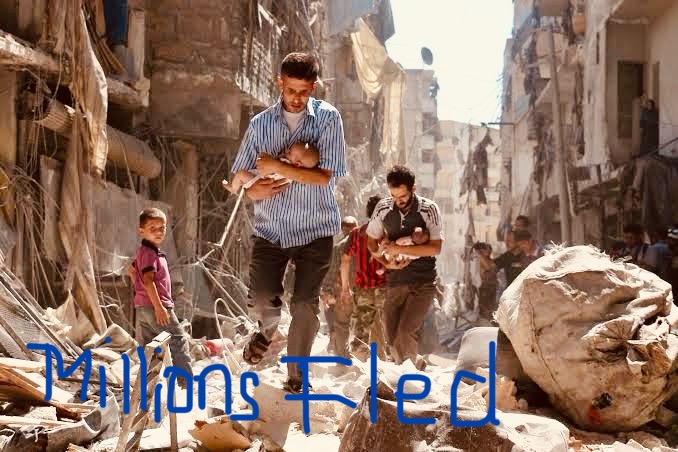Syrian Revels: A Journey Through Time and Turmoil

Background and History
Syrian revels, also known as the Syrian civil war, began in 2011 as part of the broader wave of the Arab Spring protests. Initially, the conflict started as peaceful demonstrations against President Bashar al-Assad’s regime. However, the government’s violent crackdown on protesters led to an armed rebellion. Over the years, the conflict has drawn in various domestic and international actors, including Russia, Iran, Turkey, and the United States.
Timeline of Events
- March 2011: Protests against President Bashar al-Assad’s regime began in Deraa, southern Syria, before spreading across the nation. Security forces responded with violent crackdowns, arresting and killing protesters, including a group of teenagers detained for anti-Assad graffiti.
- August 2011: The UN reported that over 2,200 people had been killed by government forces in the first five months of the conflict. The Syrian National Council, based in Istanbul, emerged as a leading opposition group.
- November 2011: Syria was suspended from the Arab League after rejecting a peace plan. Opposition groups, including the Free Syrian Army, launched attacks on government forces in Damascus and Aleppo.
- March 2012: The Syrian government agreed to a UN-backed peace plan that included the withdrawal of heavy weapons, humanitarian pauses, and the release of detainees.
- August 2013: A chemical weapons attack on rebel-held Eastern Ghouta killed hundreds of civilians, but despite a US red line on chemical weapons, no military response was forthcoming.
- September 2014: The US formed an anti-Islamic State coalition and began airstrikes to assist Kurdish forces in their battle against the Islamic State, creating friction with Turkey.
- September 2015: Russia intervened on behalf of Assad, deploying warplanes and providing military aid.
- December 2016: After a lengthy siege and bombing campaign, the Syrian army, supported by Russian forces, successfully retook Aleppo from rebels.
- November 2017: US-backed Kurdish forces defeated Islamic State in Raqqa, marking a significant blow to the jihadist group.
- April 2018: The Russian-backed Syrian army reclaimed Eastern Ghouta after months of siege and heavy bombardment.
- December 2019 – March 2020: A Russian-led offensive in northwest Syria displaced about one million civilians, creating the worst humanitarian crisis of the conflict.
- June 2020: The United States imposed tough sanctions on Syria, known as the “Caesar Act,” aiming to pressure the Assad regime.
- May 2021: Bashar al-Assad was re-elected for a fourth term as president of Syria, receiving 95.1% of the vote, despite international criticism of the election’s fairness.
- November 2024: A coalition of Syrian opposition groups, led by Hay’at Tahrir al-Sham (HTS), launched a surprise offensive against pro-government forces in Aleppo, Idlib, Hama, and Homs Governorates. This offensive was a retaliation for the increased shelling of civilians by the Syrian Arab Army (SAA) in the Western Aleppo countryside. The rebels managed to take control of Aleppo, marking a significant shift in the conflict.
- December 2024: Syrian rebel forces captured Damascus after Bashar al-Assad’s forces withdrew. This marked a turning point in the conflict, with the rebels declaring the collapse of Assad’s regime.
International Reactions
The international community has reacted strongly to the recent developments. Russia, a long-time ally of Assad, has urged its citizens to leave Syria, indicating a potential shift in its stance. Meanwhile, Turkey has voiced support for the rebel offensive, calling for Assad to return to negotiations.
Looking Ahead
As the rebels continue their advance, the future of Syria remains uncertain. The conflict has already claimed hundreds of thousands of lives and displaced millions. The international community will need to work together to address the humanitarian crisis and find a lasting solution to the conflict.